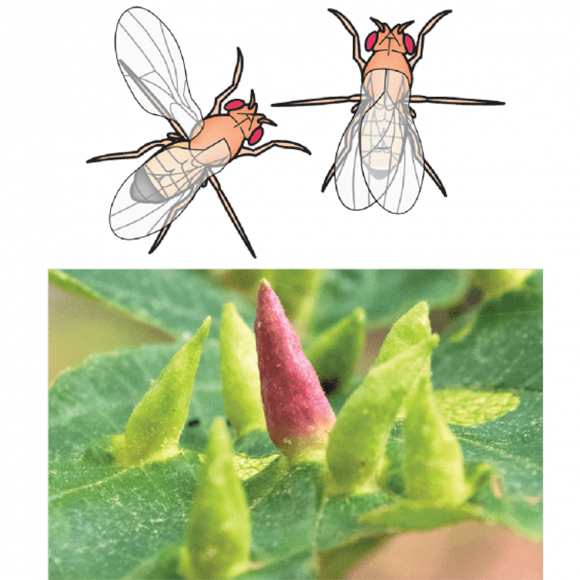Main Menu (Mobile)- Block
- Overview
-
Support Teams
- Overview
- Anatomy and Histology
- Cryo-Electron Microscopy
- Electron Microscopy
- Flow Cytometry
- Gene Targeting and Transgenics
- High Performance Computing
- Immortalized Cell Line Culture
- Integrative Imaging
- Invertebrate Shared Resource
- Janelia Experimental Technology
- Mass Spectrometry
- Media Prep
- Molecular Genomics
- Primary & iPS Cell Culture
- Project Pipeline Support
- Project Technical Resources
- Quantitative Genomics
- Scientific Computing
- Viral Tools
- Vivarium
- Open Science
- You + Janelia
- About Us
Main Menu - Block
- Overview
- Anatomy and Histology
- Cryo-Electron Microscopy
- Electron Microscopy
- Flow Cytometry
- Gene Targeting and Transgenics
- High Performance Computing
- Immortalized Cell Line Culture
- Integrative Imaging
- Invertebrate Shared Resource
- Janelia Experimental Technology
- Mass Spectrometry
- Media Prep
- Molecular Genomics
- Primary & iPS Cell Culture
- Project Pipeline Support
- Project Technical Resources
- Quantitative Genomics
- Scientific Computing
- Viral Tools
- Vivarium
Fly Song Recorder
A novel system for recording and analyzing fly acoustic signals
Many animals rely on acoustic signals to communicate both social and sexual information. The Drosophila melanogaster fly has served as a powerful model system for genetic studies of courtship songs. Previous research has characterized courtship songs, either through visual or audio recordings, of only a limited number of animals and has required manual annotation of the fly songs. Furthermore, audio recordings have suffered from a low signal-to-noise ratio due to a combination of suboptimal electronics, inappropriate microphones, and/or insufficient soundproofing of the recording chamber, leading to courtship songs that cannot be detected reliably.
To improve upon current methods, inventors at Howard Hughes Medical Institute’s Janelia Research Campus have developed a novel system for recording and analyzing fly acoustic signals. The hardware design enables the recording of low amplitude sounds in most laboratory environments. The system includes a 32-channel recording system that provides a signal-to-noise ratio sufficient to detect most courtship songs. The electronics are assembled from standard components, and complete instructions and laser-cutter templates for the acrylic recording chambers and associated parts are provided.
In addition, the inventors have developed open-source software that allows automated segmentation of courtship songs. The system's capabilities have been demonstrated by analyzing over 18 hours of courtship song, including 18,975 song bouts, from five wild-type strains of D. melanogaster. The recording and analysis led to the generation of several orders of magnitude more courtship song data than has been available previously and revealed previously undetected modulation of courtship song features and extensive natural genetic variation for most components of courtship song.
Advantages:
- Sensitive apparatus captures low-amplitude sounds
- Captures acoustic signals from 32 separate pairs of courting flies
- Open-source software enables automated segmentation of songs
- Assembled from standard electronics components
Applications:
- The platform provides the opportunity to perform a systematic analysis of fly courtship songs.
- Accelerates future studies of the genetics, neurobiology, and evolution of fly courtship songs
Opportunity:
Open-Source, Non-Profit Research, and Manufacturing Opportunity
For inquiries, please reference:
Innovation Janelia 2013-020


